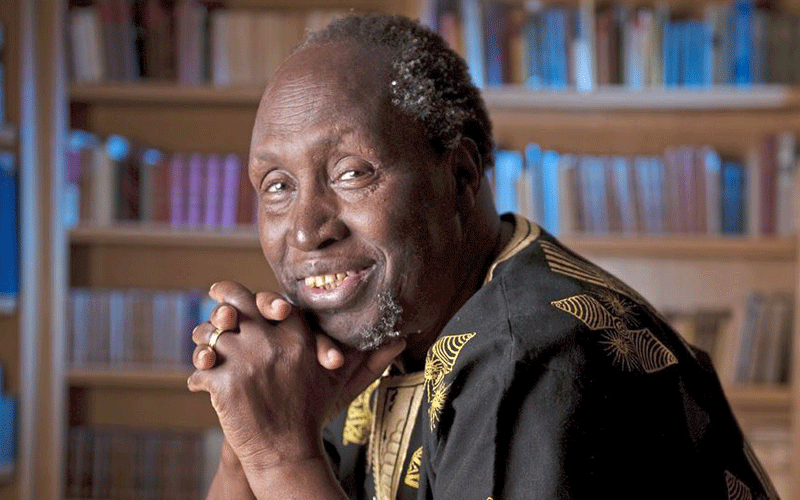WHO develops tool to cut cancer deaths among children

An information guide to help countries improve diagnosis and treatment of cancer among children has been released by the World Health Organisation (WHO).
Kenya records about 3,200 childhood cancer cases annually against overall cases of 48,000, according to the Ministry of Health.
The WHO package includes a “how to do” guide for policy makers, cancer control programme managers and hospital managers.
It has an assessment tool to inform implementation and a multilingual online portal for information sharing.
The tool will enable national cancer programmes to develop approaches for cancer control and generate data for decision-making.
The Ministry of Health has been calling for increased public and private investment in cancer treatment to boost children survival rates.
According to Dr. Alfred Karagu, the chief executive officer of the National Cancer Institute, less than 20 per cent of children survive cancer in Kenya compared to 80 per cent in the developed countries.
Late detection of cancer, according to Dr. Karagu, is the biggest contributor to low survival rates.
There is also a limited number of health care workers trained in paediatric cancer management with only two childhood cancer management centres in the public sector.
The WHO tool will support countries to achieve at least 60 per cent survival for childhood cancer globally by 2030.
Late or incorrect diagnosis, insufficient diagnostic capacity, delays in or inaccessible treatments and treatment abandonment are blamed for high death rates among children cancer patients.
“Each year, an estimated 400 000 children are diagnosed with cancer globally, and the vast majority of these children live in low and middle-income countries where the likelihood of survival is much lower.
We can and must give these children a better chance at life,” said Dr Bente Mikkelsen, Director of WHO’s Department of Noncommunicable Diseases.
The tool provides practical solutions which touch on training of medical personnel, inclusion of childhood cancer in national benefit packages for universal health coverage and treatment standards based on evidence and tailored to local capacity.
It was developed by WHO in collaboration with the International Atomic Energy Agency, the International Agency for Research on Cancer and other partners.







